Module 13: General Administration of Wastewater Treatment Plants
Module 13 General Administration of Wastewater Treatment plants
Source : https://www.dep.pa.gov/Pages/default.aspx
Usually dispatched in 2 to 3 days
Usually dispatched in 2 to 3 days
Category:
Wastewater Treatment
.List the types of data collected at a plant.
.Analyze typical plant data.
.Describe methods for presenting plant data.
.Explain the frequency and types of reports utilized at a plant.
Only logged in customers who have purchased this product may leave a review.
Related products
Lesson D1 Guidelines and Standards for Wastewater Reuse
Due to water shortage, wastewater reuse has gained great importance in many parts of the world. Wastewater reuse practices have become valuable source in water resources management. As an independent source of water, reclaimed water can increase the reliability of water supply. Reclaimed wastewater requires effective measures to protect public health and the environment. Strong wastewater reuse guidelines and regulations are developed for the purpose. It is difficult to establish wastewater guidelines and regulations that can suit all regions in the world. Among the broad reasons for this as limiting factors, are economics of countries relating chosen treatment technologies and additionally, the local context of a region must be taken into consideration in settings. Almost all wastewater reuse guidelines and regulations are bacteriological-based. Some of them consider biochemical parameters. In this lesson you will comprehend the importance as well as the necessity of setting wastewater reuse guidelines and regulations. You will be aware of arising problems
for getting universal valid standards. You will get an overview of guidelines and regulations existing worldwide and regionally.
Lesson D1 Guidelines and Standards for Wastewater Reuse
Due to water shortage, wastewater reuse has gained great importance in many parts of the world. Wastewater reuse practices have become valuable source in water resources management. As an independent source of water, reclaimed water can increase the reliability of water supply. Reclaimed wastewater requires effective measures to protect public health and the environment. Strong wastewater reuse guidelines and regulations are developed for the purpose. It is difficult to establish wastewater guidelines and regulations that can suit all regions in the world. Among the broad reasons for this as limiting factors, are economics of countries relating chosen treatment technologies and additionally, the local context of a region must be taken into consideration in settings. Almost all wastewater reuse guidelines and regulations are bacteriological-based. Some of them consider biochemical parameters. In this lesson you will comprehend the importance as well as the necessity of setting wastewater reuse guidelines and regulations. You will be aware of arising problems
for getting universal valid standards. You will get an overview of guidelines and regulations existing worldwide and regionally.
Advanced wastewater treatment for separation and removal of pharmaceutical residues and other hazardous substances
The Swedish Environmental Protection Agency (EPA) has determined a need to introduce advanced treatment for pharmaceutical residues in wastewater. An additional benefit of such a treatment is that it would also include the treatment of other hazardous substances.The extent to which pharmaceutical residues risk becoming a problem depends on local conditions such as the sensitivity of the receiving waters. While this is an important variable to consider, the Swedish EPA believes that the sensitivity of the receiving waters should not be the only consideration when setting requirements for treatment. The amount of released pharmaceutical residues and long-term effects should also be considered in decision making and justification. The investment and operational costs of introducing advanced treatment depend in part on the size and current capacity of treatment facilities, which is why size limitations can be an additional consideration when setting requirements.
Advanced wastewater treatment for separation and removal of pharmaceutical residues and other hazardous substances
The Swedish Environmental Protection Agency (EPA) has determined a need to introduce advanced treatment for pharmaceutical residues in wastewater. An additional benefit of such a treatment is that it would also include the treatment of other hazardous substances.The extent to which pharmaceutical residues risk becoming a problem depends on local conditions such as the sensitivity of the receiving waters. While this is an important variable to consider, the Swedish EPA believes that the sensitivity of the receiving waters should not be the only consideration when setting requirements for treatment. The amount of released pharmaceutical residues and long-term effects should also be considered in decision making and justification. The investment and operational costs of introducing advanced treatment depend in part on the size and current capacity of treatment facilities, which is why size limitations can be an additional consideration when setting requirements.
Adsorption And Biological Filtration In Wastewater Treatment
Over the last few decades adsorption has gained paramount importance in industry and environmental protection. Adsorption processes are widely applied for separation and purification because of the high reliability, energy efficiency, design flexibility, technological maturity and the ability to regenerate the exhausted adsorbent. One method of important extending the adsorption treatment processes is biofiltration. The biological filter relies on the activities of the community of micro-organisms that become attached onto the filter media. Microbes oxidize organic matters in water to produce energy and therefore available nutrients sources in feed water are essential for their development. Biofiltration can effectively remove organic matter that is not able to be removed from water and biologically treated sewage effluent in conventional sewage treatment. The microbial attachment process, the factors that influence biological filtration, the kinetics of microbial growth and details of the microbial community in the biofilter are discussed in detail. There are several types of biofilters including submerged filters, trickling filter, bed filter, fluidised bed. The different biofilters are described and a comparison between them is provided. The application of biofilters for treating various types of wastewater effluent is detailed.
Adsorption And Biological Filtration In Wastewater Treatment
Over the last few decades adsorption has gained paramount importance in industry and environmental protection. Adsorption processes are widely applied for separation and purification because of the high reliability, energy efficiency, design flexibility, technological maturity and the ability to regenerate the exhausted adsorbent. One method of important extending the adsorption treatment processes is biofiltration. The biological filter relies on the activities of the community of micro-organisms that become attached onto the filter media. Microbes oxidize organic matters in water to produce energy and therefore available nutrients sources in feed water are essential for their development. Biofiltration can effectively remove organic matter that is not able to be removed from water and biologically treated sewage effluent in conventional sewage treatment. The microbial attachment process, the factors that influence biological filtration, the kinetics of microbial growth and details of the microbial community in the biofilter are discussed in detail. There are several types of biofilters including submerged filters, trickling filter, bed filter, fluidised bed. The different biofilters are described and a comparison between them is provided. The application of biofilters for treating various types of wastewater effluent is detailed.
Module 16 : Activated Sludge Process- Part 2
•List the key monitoring points within the activated sludge process and explain what to look for at those points.
•List five key process control parameters and for each parameter, explain what it is, why it is used and how it is calculated
•List the daily process control tasks that need to be accomplished and explain how to perform them.
Module 16 : Activated Sludge Process- Part 2
•List the key monitoring points within the activated sludge process and explain what to look for at those points.
•List five key process control parameters and for each parameter, explain what it is, why it is used and how it is calculated
•List the daily process control tasks that need to be accomplished and explain how to perform them.
Agricultural Wastewater Treatment
In many semiarid and arid countries, water is now becoming an increasingly limited resource and managers are forced to take into account sources of water that may be used economically and efficiently to encourage further development. Simultaneously, with the population increasing at a high rate, the requirement for increased production of food is apparent. The prospective for irrigation to increase both the agricultural productivity and living standards of the poor has long been acknowledged. Irrigated agriculture occupies nearly 17% of the total arable land in the world but the yield from this land includes about 34% of the world total. This perspective is even more distinct in arid areas like the Near East Region, where only 30% of the cultivated land is irrigated but it yields around 75% of total agricultural production. In the same area, more than 50% of the food necessities are imported and the increased rate in demand for the food surpasses the rate of an upsurge in agricultural production (Tunney et al., 2000).
Agricultural Wastewater Treatment
In many semiarid and arid countries, water is now becoming an increasingly limited resource and managers are forced to take into account sources of water that may be used economically and efficiently to encourage further development. Simultaneously, with the population increasing at a high rate, the requirement for increased production of food is apparent. The prospective for irrigation to increase both the agricultural productivity and living standards of the poor has long been acknowledged. Irrigated agriculture occupies nearly 17% of the total arable land in the world but the yield from this land includes about 34% of the world total. This perspective is even more distinct in arid areas like the Near East Region, where only 30% of the cultivated land is irrigated but it yields around 75% of total agricultural production. In the same area, more than 50% of the food necessities are imported and the increased rate in demand for the food surpasses the rate of an upsurge in agricultural production (Tunney et al., 2000).
Module 8: Overview of Advanced Wastewater Treatment Processes
• Identify the source and general types of wastewater odors.
• List three potential impacts of odors.
• List three factors affecting the existence of odors.
• Name a commonly used method to reduce odors from wastewater.
• Describe three methods for solving odor problems in air.
Module 8: Overview of Advanced Wastewater Treatment Processes
• Identify the source and general types of wastewater odors.
• List three potential impacts of odors.
• List three factors affecting the existence of odors.
• Name a commonly used method to reduce odors from wastewater.
• Describe three methods for solving odor problems in air.
Innovative Process for Granulation of Continuous Flow Conventional Activated Sludge
The objective of this presentation is to:
• Introduce Aerobic Granular Sludge (AGS), including mechanisms for formation and benefits
• Present performance data for a Nereda® SBR pilot
• AECOM’s continuous-flow granular sludge process for BNR infra-stretching or footprint reductions
Innovative Process for Granulation of Continuous Flow Conventional Activated Sludge
The objective of this presentation is to:
• Introduce Aerobic Granular Sludge (AGS), including mechanisms for formation and benefits
• Present performance data for a Nereda® SBR pilot
• AECOM’s continuous-flow granular sludge process for BNR infra-stretching or footprint reductions
Module 15: The Activated Sludge Process – Part 1
•Describe the activated sludge process and its control variables.
•List List three types of activated sludge treatment plants.
Module 15: The Activated Sludge Process – Part 1
•Describe the activated sludge process and its control variables.
•List List three types of activated sludge treatment plants.


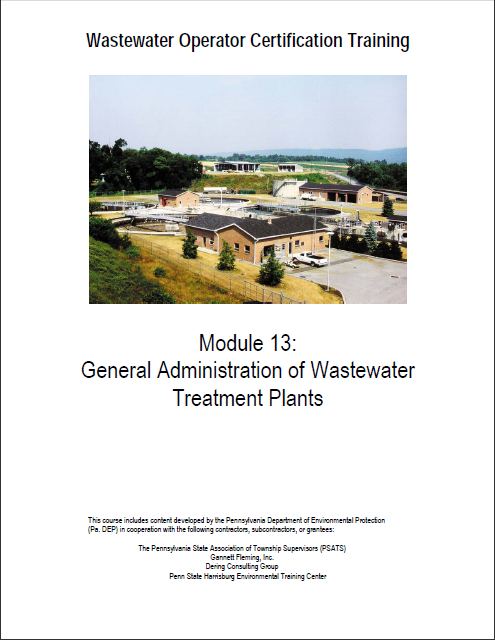
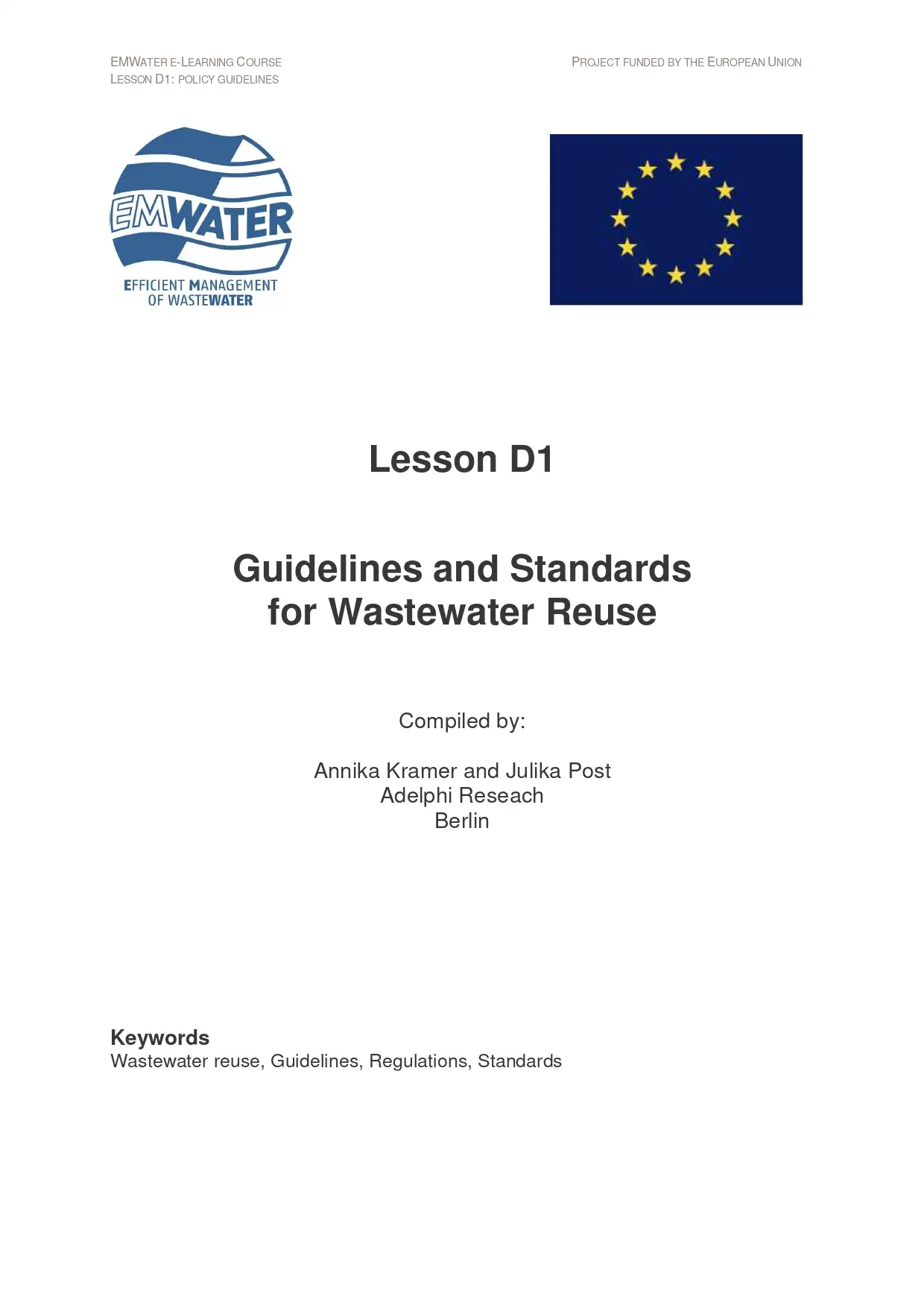
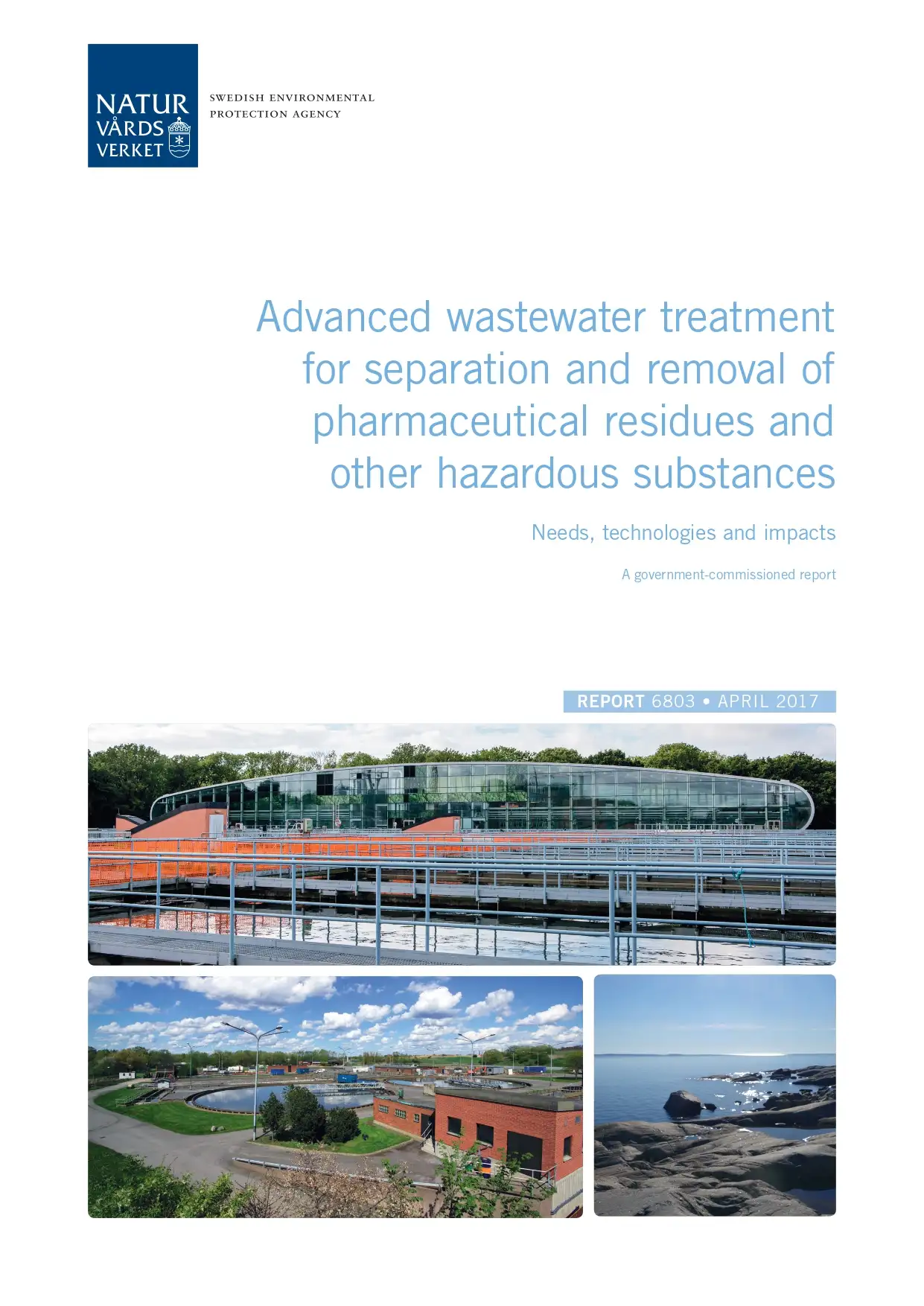
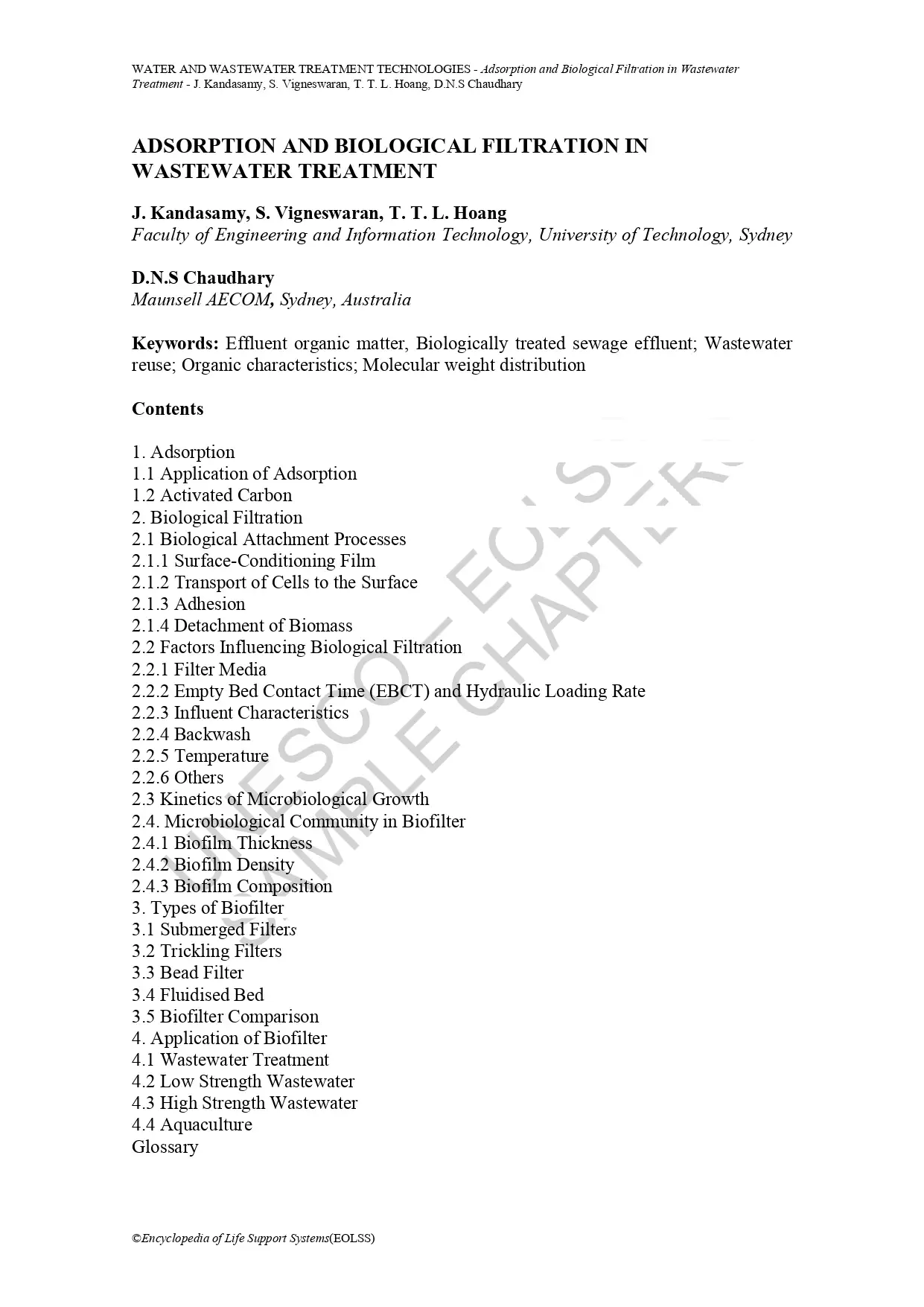

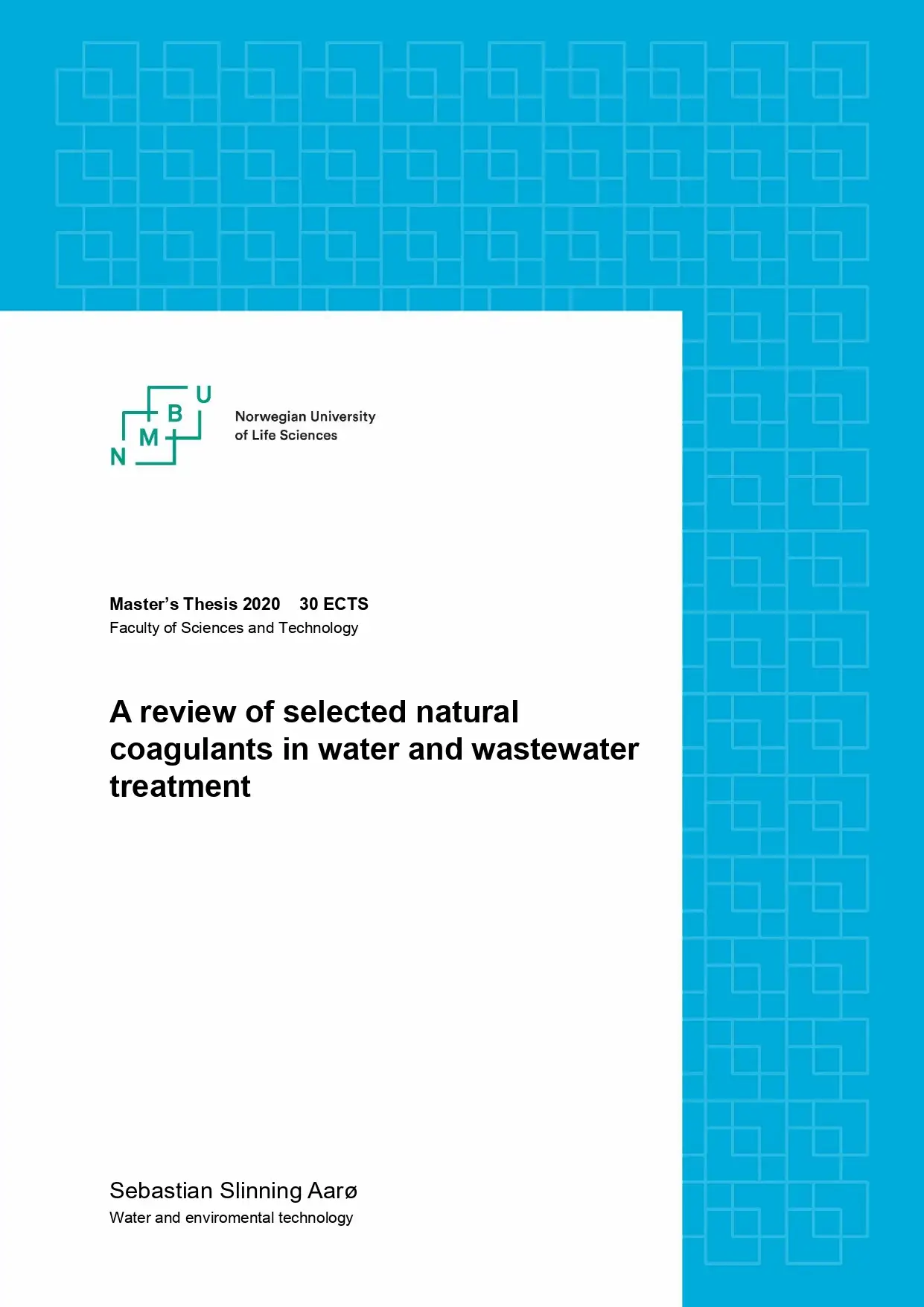
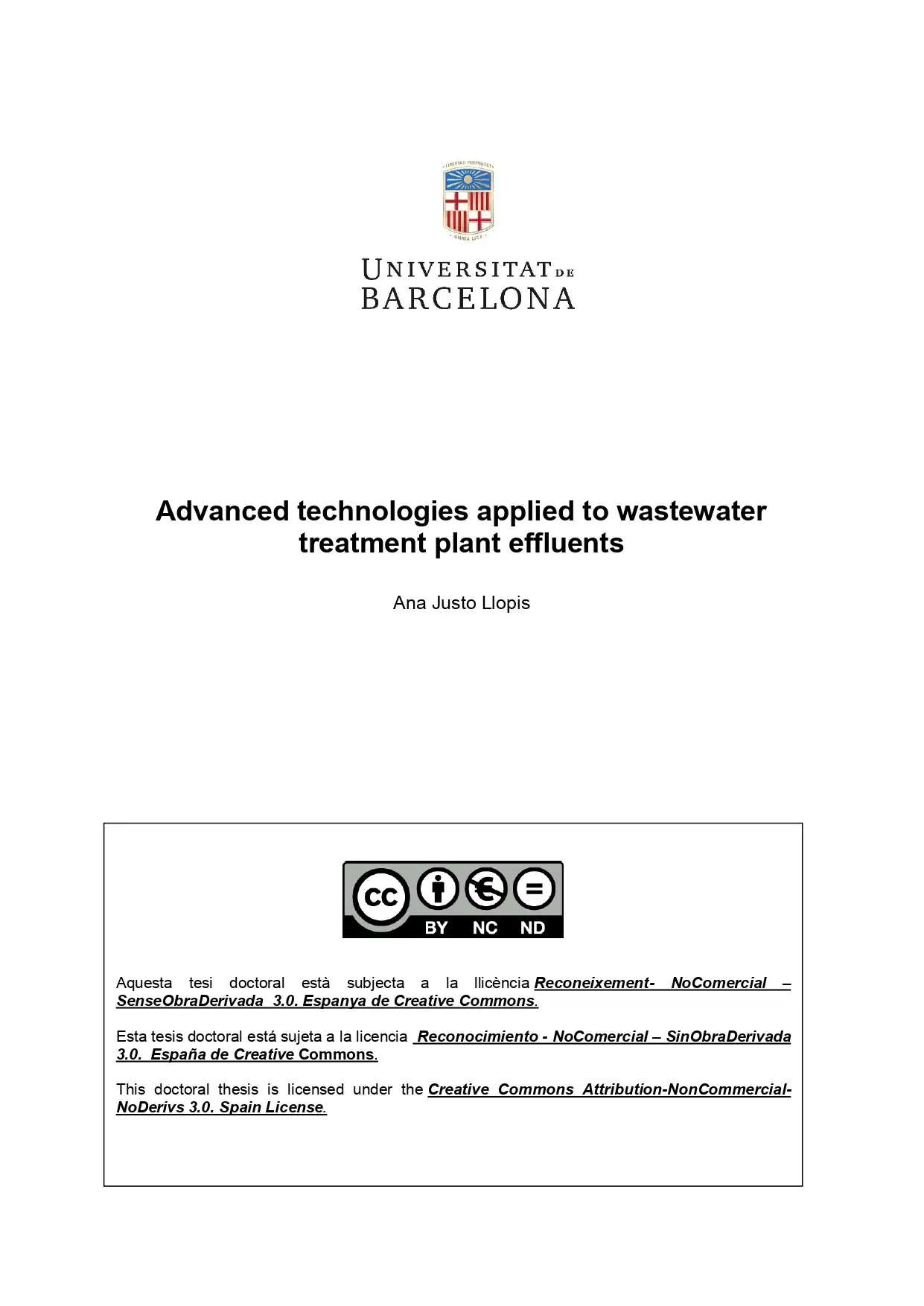
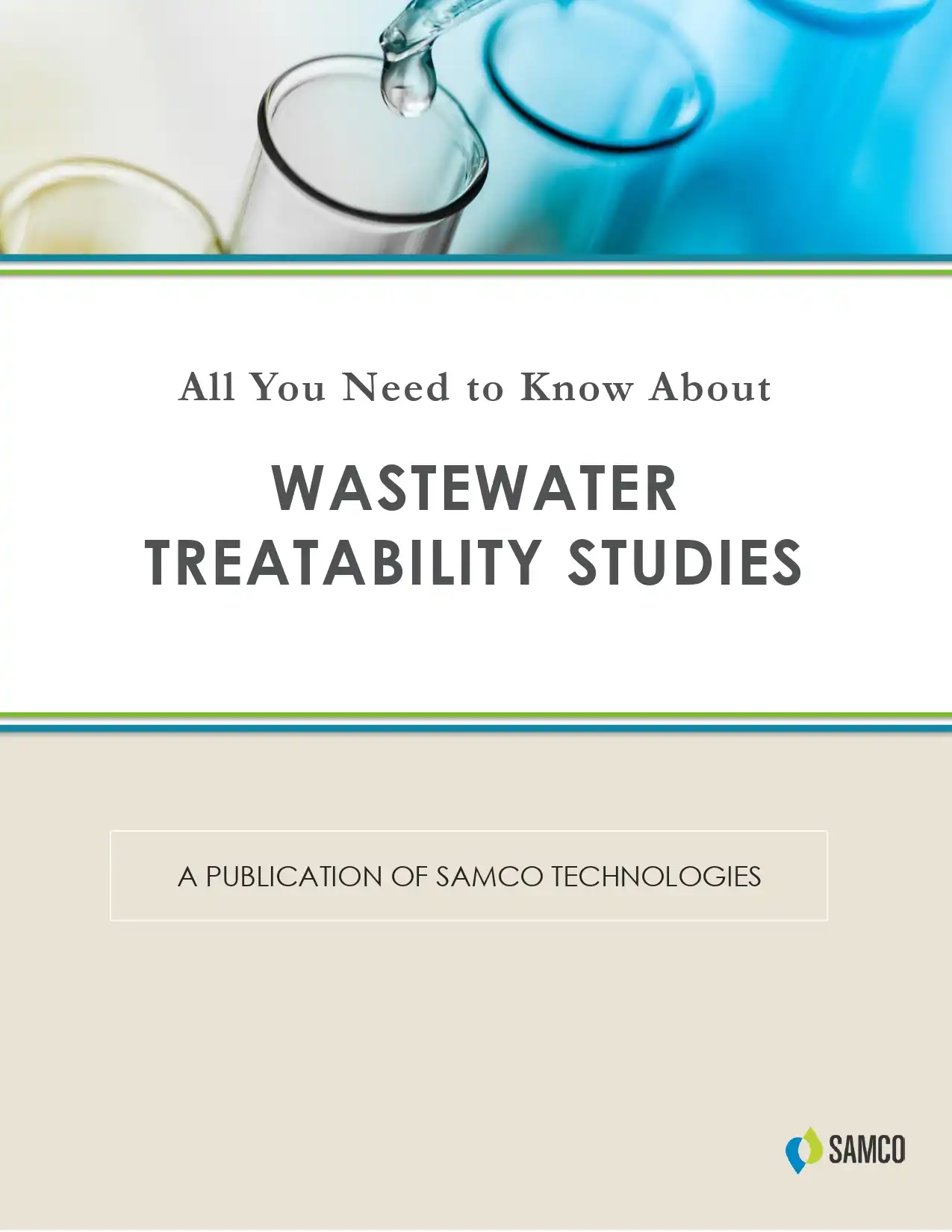
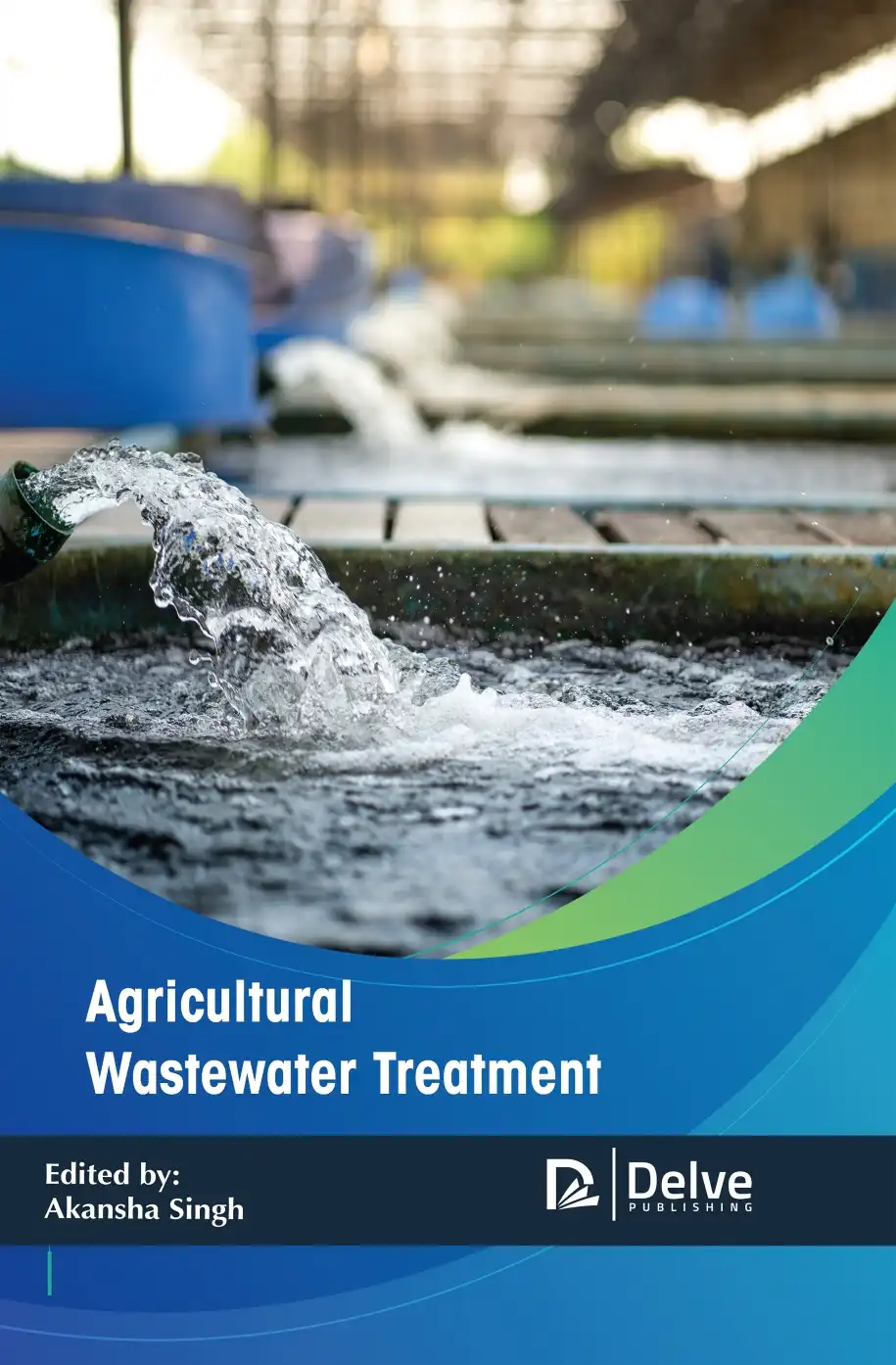
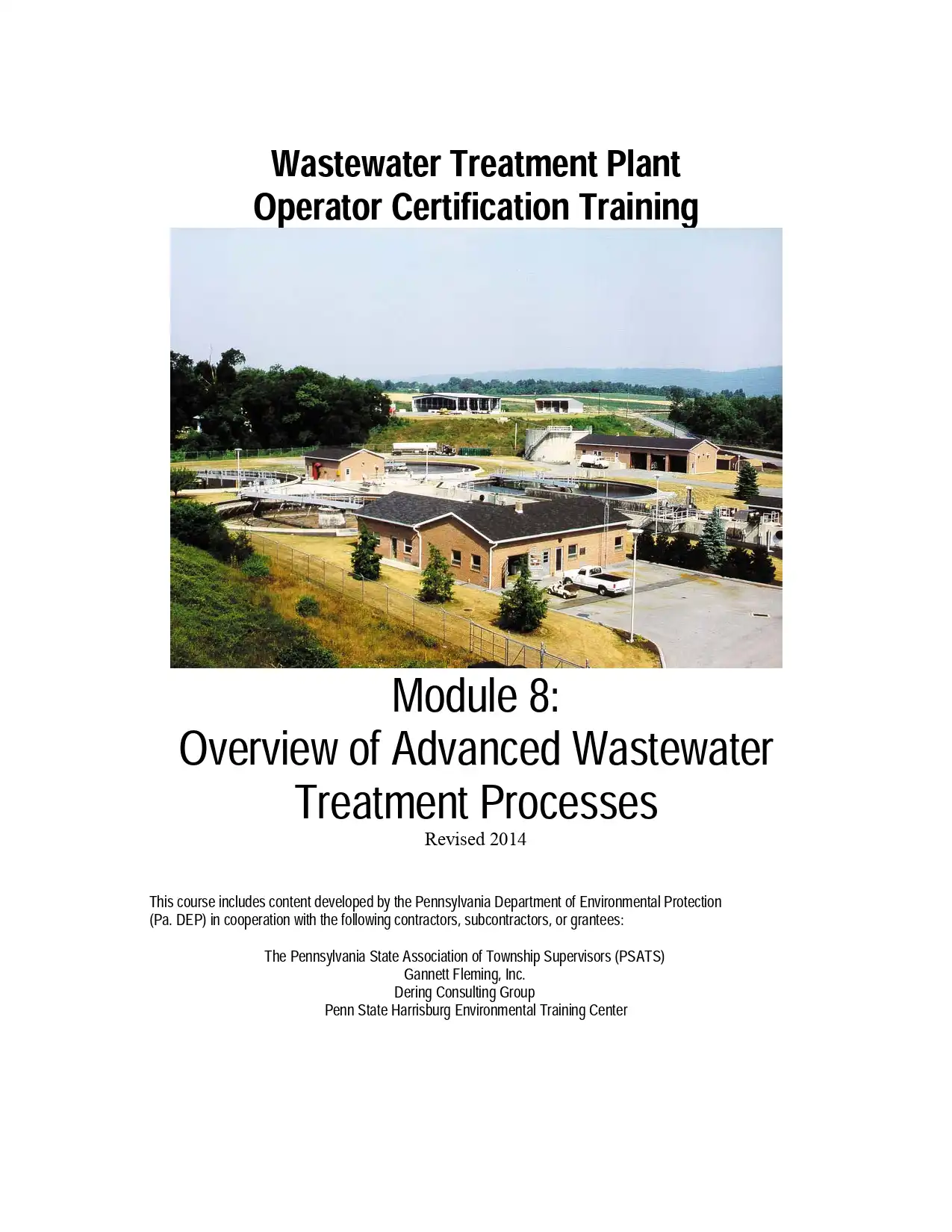
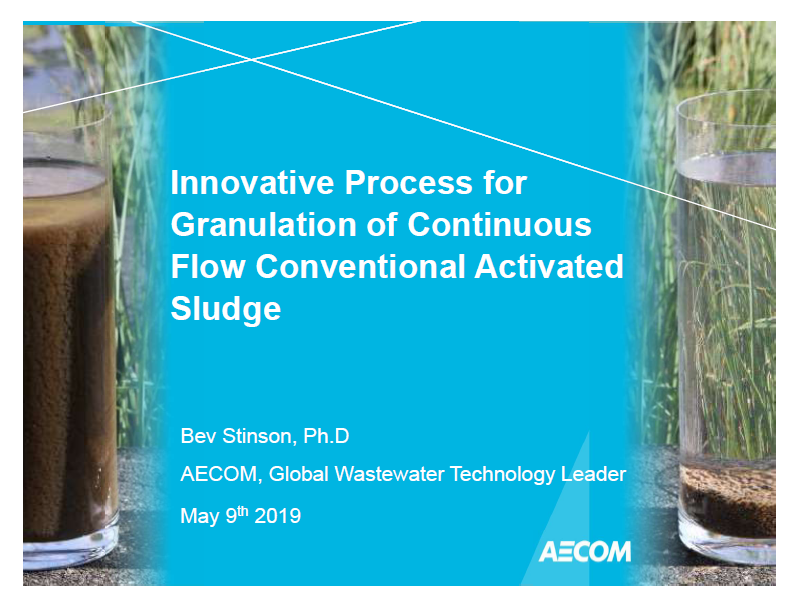
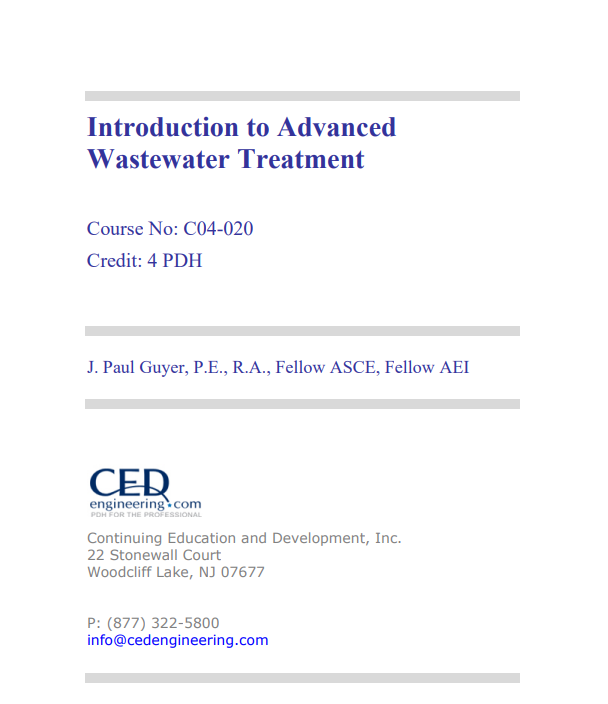
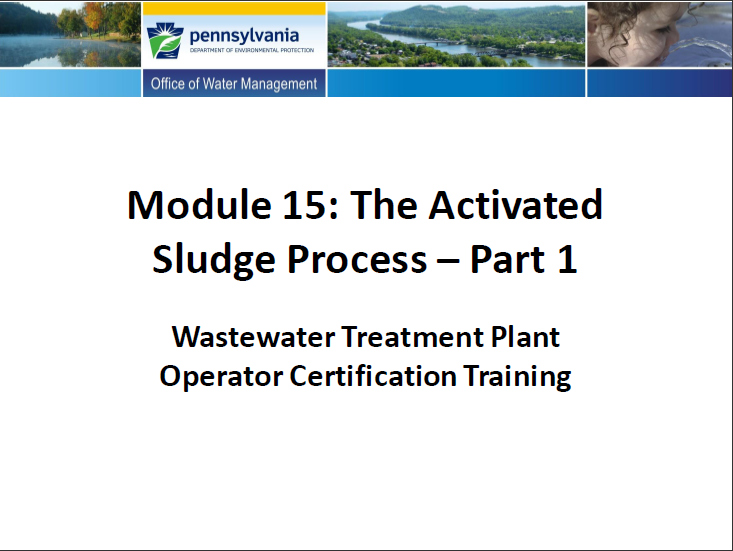
Reviews
There are no reviews yet.